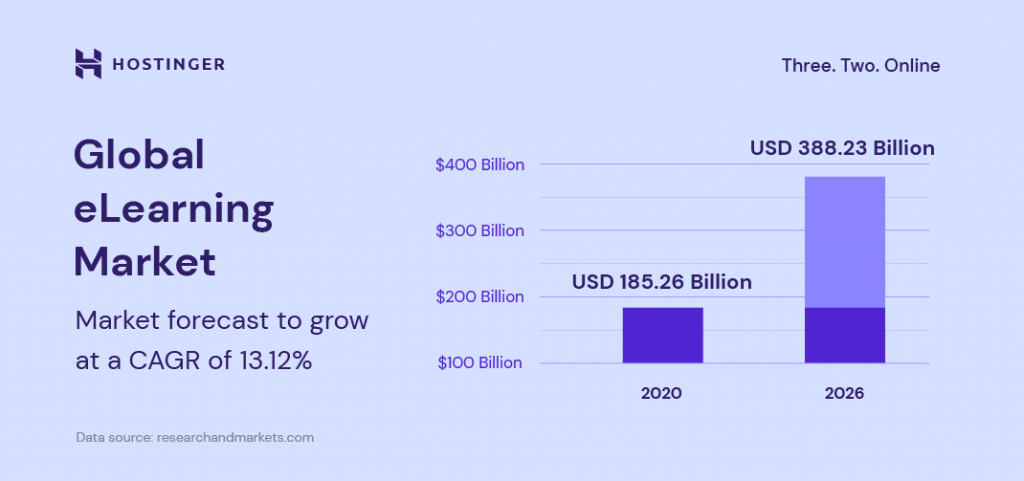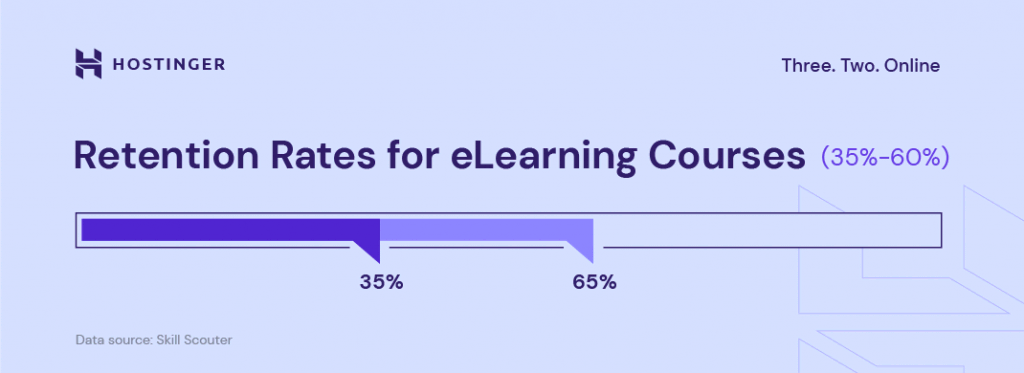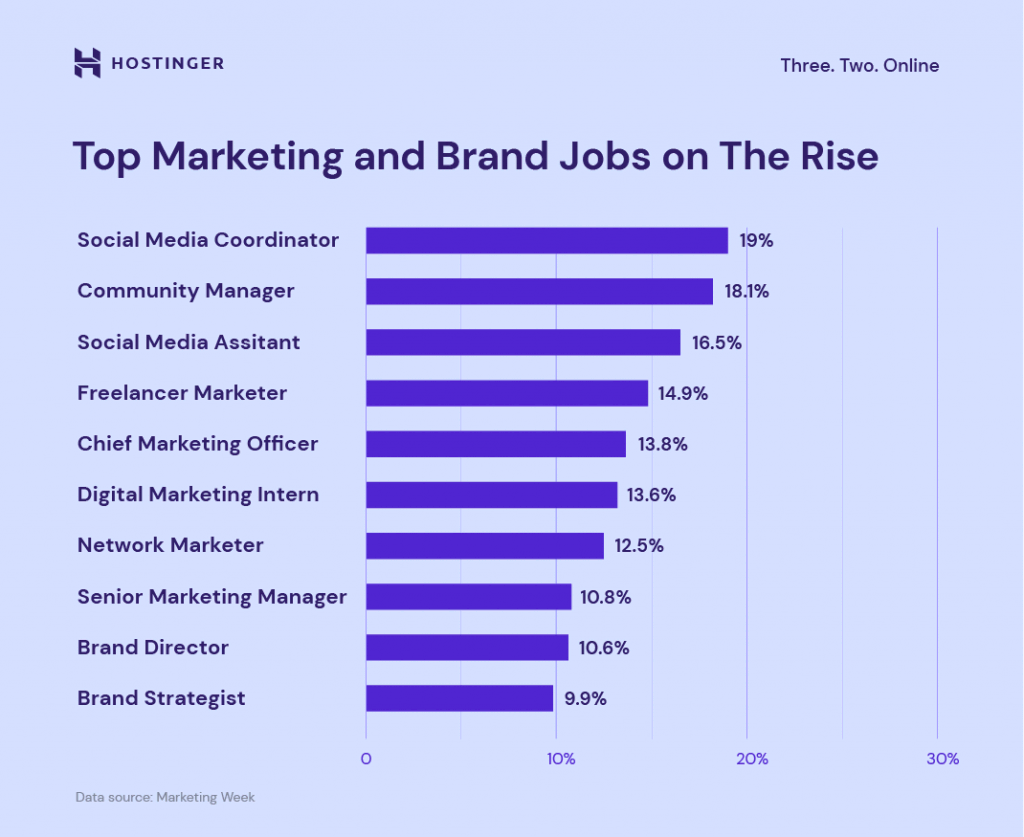Learning in a Post-pandemic World: How eLearning is Establishing Itself as a Major Industry

Whether picking up some phrases in a new language via a YouTube video or ending up deep down a Wikipedia hole, we’ve all used the internet to learn something.
Online learning, or eLearning, presents many opportunities to reinvent the learning process. It can engage students on many levels and tailor the learning experience to individual needs. Passing on information and teaching new skills can be done in new and exciting ways, and there’s plenty of space for innovation.
The pandemic prompted schools and universities to offer their services online (98% of universities have moved online since 2020), while many of us were pushed to consider changing careers. The eLearning industry has since seen giant leaps forward and is constantly innovating.
This article will discuss all aspects of this exciting new industry and consider its future.
What Is eLearning?
eLearning is essentially digital learning. It represents all techniques and methods used to pass on information electronically. These can vary from simulations, quizzes, and games to more conventional forms such as online lectures and workshops.
eLearning, for the most part, involves structure. Think of it like a regular course, but online. Typically, a Learning Management System (LMS) is used to deliver the course material in an efficient manner.
Interest in eLearning is growing significantly, especially since the pandemic began. Statistics about online learning suggest the market is expected to grow by 110% by 2026. Our lifestyles have changed, with many of us eschewing the commute to work from home. We have clawed back time, and many of us are interested in using the extra hours to develop and educate ourselves.
What Are the Advantages of eLearning?
The advantages of eLearning are clear, both for the provider and the student. For the former, it opens up the chance to attract a more extensive base of learners. Class numbers are no longer restricted to lecture theater size, and lectures themselves can be pre-recorded and used repeatedly. To put it simply, it is very cost-effective.
For students, eLearning offers the freedom to study however and whenever they like. Learning material can be repeated, notes can be shared, and teachers can be reached quickly. Multimedia implementation makes learning fun and engaging, not to mention more efficient.
Consequently, eLearning speeds up the learning process. Many aspects of teaching, such as grading, can be automated, and answers can be obtained from learning resources without waiting for a teacher to be available.
It also opens up the possibility of learning wherever you are and, for the most part, whenever you are available. eLearning does much to level the learning playing field, giving people from all backgrounds the chance to acquire knowledge in a way that suits them.
eLearning is adaptable. Because of technological development, online courses can keep up and provide skills matching job requirements – courses can change or be adjusted to meet the job market’s needs. This is particularly true for tech-related courses focusing on the latest in-demand programming languages. As demand shifts, so do courses.
What Are the Disadvantages of eLearning?
There are plenty of critics of the eLearning style of teaching. Some say studying online with others takes away the social element of learning, a crucial aspect of education. While interaction is limited, many eLearning companies promote discussion between coursemates to foster camaraderie and knowledge sharing.
Another point to consider is student self-motivation – retention rates for eLearning courses vary from 35% – 60%. eLearning requires a bigger personal drive and better time management skills. That’s because students are effectively on their own and must push themselves to interact with the course in a meaningful and effective way. This is why eLearning companies go to great lengths to encourage students, and many offer mentors whose aim is to keep up motivation and enthusiasm.
Lastly, eLearning, by nature, focuses on theory, which isn’t that useful for some subjects. Conducting an experiment or carrying out a repair can be taught much more effectively in real life. That said, by providing an immersive online learning environment, this hurdle can be overcome.
How Is Online Learning Changing Education?
The pandemic forced learning online overnight. It was this need to bring learning resources online that has pushed through many innovative developments in education.
By trial and error, new ways of passing on knowledge electronically have been developed. Higher Ed’s 2021 annual report, which provides plenty of online education statistics, notes that half of the professors surveyed said eLearning is an “effective teaching method.”
What Are the Most Popular Online Learning Courses?
Many courses follow eLearning trends, which are often related to job market demands. While more traditional academic curricula exist, eLearning courses often focus on preparing people for work. There are a few types of online courses that stand out due to how popular they are.
Especially highly rated are eLearning courses that teach skills required by tech companies. Coding and analyzing data can be taught easily online and, more importantly, can be learned by anyone regardless of their language.
Similarly, online marketing courses are also popular. Demand for marketing roles is very high, with Marketing Week reporting that such positions are increasing at the highest rate.
Finally, the demand for online courses focusing on personal development has risen sharply since the beginning of the pandemic. This broad term encompasses everything from language learning to cookery classes. Future Learn reports that 40% of Americans are interested in studying the topic in the next five years.
How Much Do Online Learning Courses Cost?
Online course prices vary vastly. An analysis of online eLearning courses found that, on average, a course costs $177. The length of the course, resources needed, and perceived value all play a part in the overall pricing.
The fact that eLearning courses can be expensive to create also contributes to this.
What Does the Future Hold for eLearning?
eLearning is constantly evolving and adapting. There are many trends and technologies that are pushing eLearning forward.
Of all the eLearning trends, the rise in adaptive learning is possibly among the most interesting. Adaptive learning is a user-centric method of education where all resources and assignments are adapted to the student’s individual needs. This highly personalized learning experience adapts in real-time to suit the individual student’s pace of learning.
Social learning is another growing eLearning trend. The concept is simple – we all learn from people around us, so why not incorporate that into the eLearning experience? An instant chat feature in eLearning software helps students overcome boundaries in their learning. Similarly, having an online forum and dedicated communities can help foster a learning environment that provides invaluable help to students.
Elearning Is Forcing Through Progress in Education
eLearning solves many of the problems associated with traditional learning models, which often present geographical and financial barriers. It is more adaptable and dynamic than conventional forms of learning.
But with this new learning model comes new challenges. The social aspect of learning is taken away, which is clearly valuable to many people. ”Learning by doing” is, for the most part, impossible, presenting obvious challenges. As a result, engagement is an issue.
It’s undoubtedly clear that eLearning is here to stay and is revolutionizing the education industry. Stuffy lectures, unhelpful handouts, and unengaging exercises are being pushed out in favor of dynamic and exciting courses that engage students better. What happens next will be very exciting – and we’re curious to see it through.






